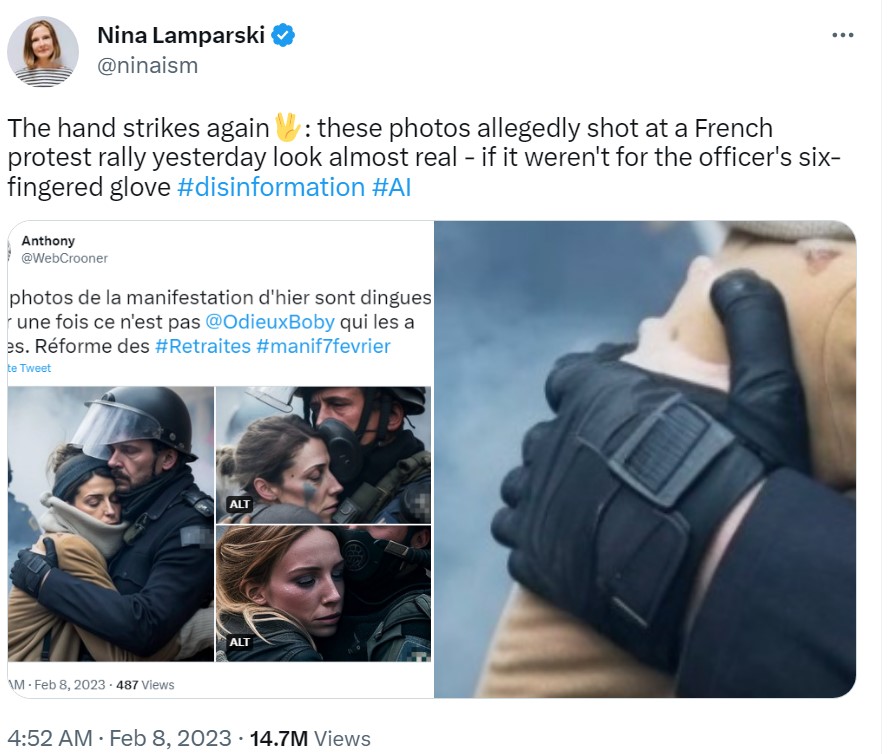The New Uncanny Valley
April 11, 2023
For as long as animation has been around, there has been a struggle to depict a person that reflects reality and a character that seems hollow and puppetlike. This gap is called the “Uncanny Valley” for obvious reasons – dead eyes staring through the screen are unsettling, to say the least. But as technology and talent have progressed, this valley has been largely crossed. Some animated films look almost real, with minute details that astound the most careful watchers. However, technological advancements have brought about something far stranger with potentially large repercussions. Artificial intelligence and computer programs have been able to create life-like pictures that closely resemble actual photographs.
It’s amusing at first and certainly remarkable, given the abilities of those who designed it. But looking closer, the picture becomes warped. Hair and ears blend colors as if there are no boundaries between them. The set of facial features seems just slightly tilted. Most notably, human beings are depicted with six fingers.
The picture being described was generated by Twitter user WebCrooner using several photo development software. It depicts a French protest rally with distressed women being hugged by what appear to be guards. The people in it look entirely real, and by all means, the photo could have been shot at a real protest. It isn’t until the frame is zoomed in that an officer wearing a six-fingered glove can be noticed. While there are, of course, natural human mutations, in this context, the hand is a dead giveaway to the implausibility of this shot.
This situation may not have done much harm except for a few accidental retweets and perhaps some shocked viewers, but imagine if it were something like fake photos of January 6th or made-up violence in BLM protests. These could have deadly consequences if the outraged public took them seriously. This could even eventually bring the court evidence into question. So despite the “social experiment” WebCrooner may have been performing, this does hint at what could be an important problem in the future.
Falsified evidence and propaganda aside, it’s spooky how similar these pictures are to real life. Alongside the rate at which technology is evolving, it won’t be long before these images are perfected. In twenty years, how will we tell what happened and what has been imagined by artificial intelligence? The uncanny valley grows smaller each day, bringing many new questions to the table.





